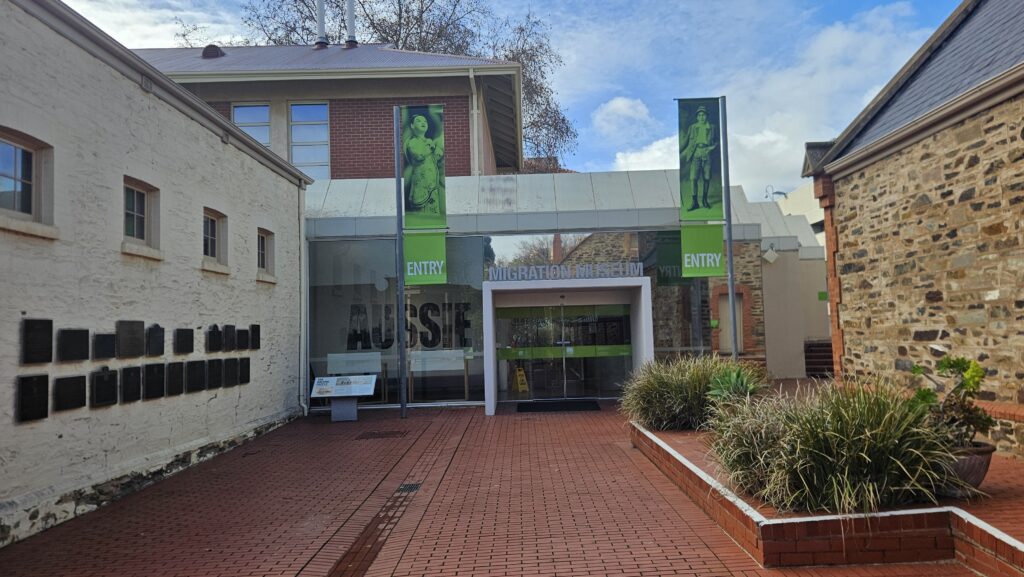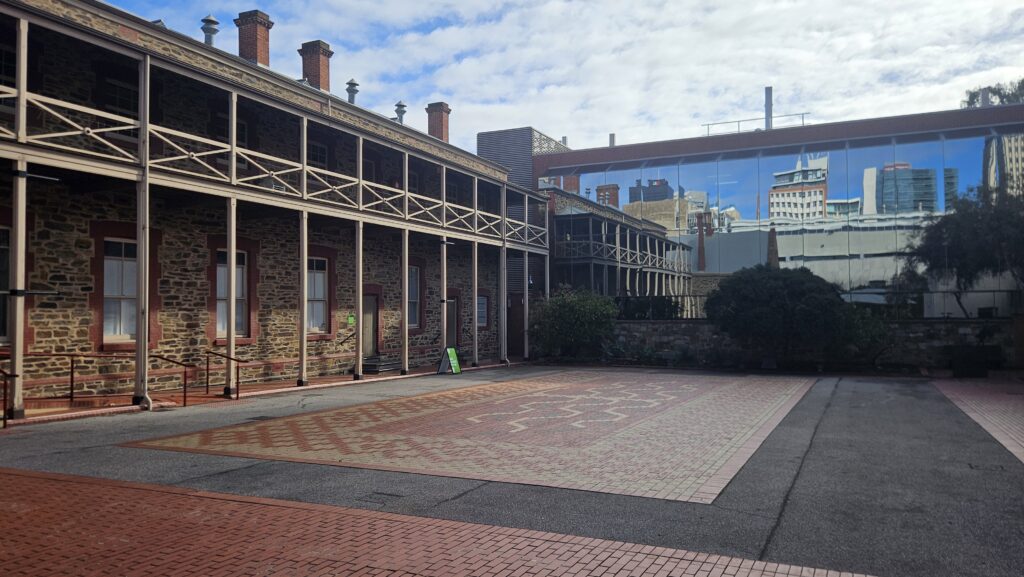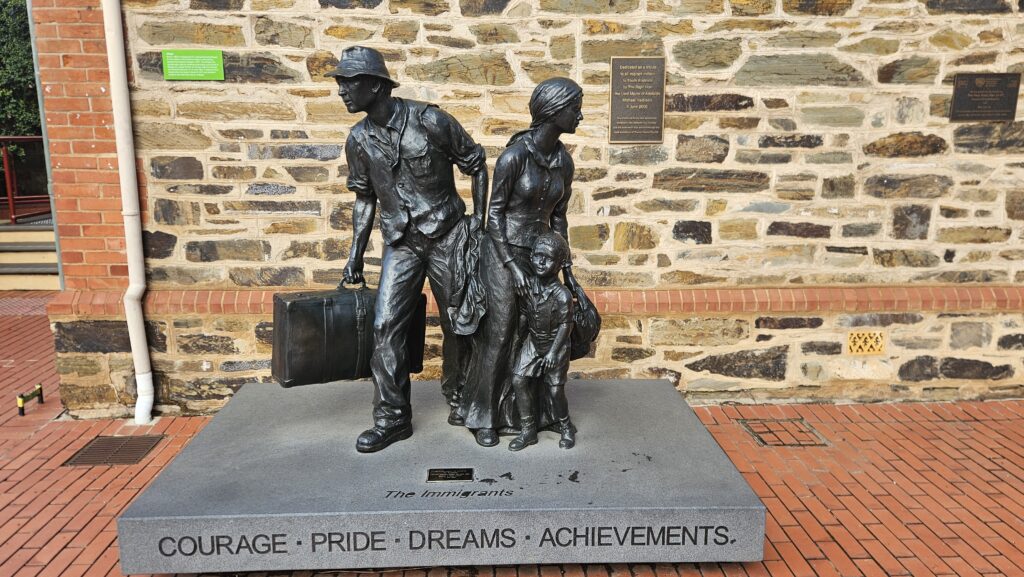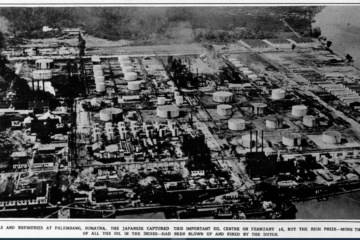The Migration Museum in Adelaide is Australia’s oldest museum dedicated to the history of migration. Opened in 1986 and operated by the History Trust of South Australia, the museum explores the diverse stories of immigrants who helped shape South Australia and the nation. Through permanent and changing exhibitions, it documents not only waves of migration but also the social, political, and cultural impacts of settlement. A key focus of the museum is to promote understanding of multiculturalism and diversity—including ethnicity, class, gender, and regional identity—making it an important institution for preserving the migrant heritage of communities such as the Dutch in Australia.
Pictures below of the museum taken by Paul Budde – July 2025



While the Netherlands has featured in previous exhibitions, its history is slowly fading into the background as new migrants from other parts of the world are arriving in Australia. In 2025 however, there were still two displays comemorating the Dutch migrant community of South Australia.


Before migrating to Australia In 2015 Peter and his husband Michel lived in Veele, in the Netherlands. For Peter, a model and photographer, these clogs represent Dutch culture, and, at the same time, cony an appreciation of style and innovative design. When living in the Netherlands Peter liked to wear them gardening.
Text with the banner above: Tulips, windmills and clogs
The makers of the banner, the Ladies Club Hollandia, wanted to show how Dutch immigrants migrated from the landscape of the Netherlands (sometimes also called Holland) to Australia. Symbols of the Netherlands are the tulips and blue irises, the national coat of arms, the windmill, and the wooden shoes, called clogs. These shoes were originally worn by farmers and other working-class people and have a long history in the Netherlands going back to the Middle Ages. Over time, clogs have become a symbol of Dutch cultural heritage. The golden wattle, the Sturt’s Desert Pea, Uluru (Ayers Rock), the kangaroo and koala represent Australia and South Australia.
See also: “From many places”

